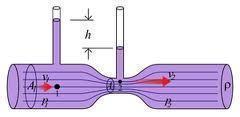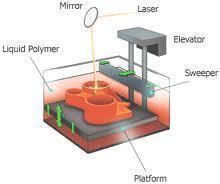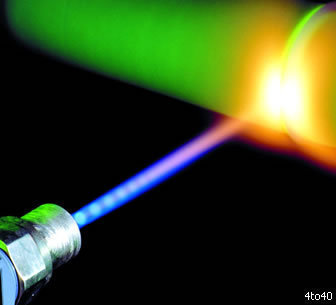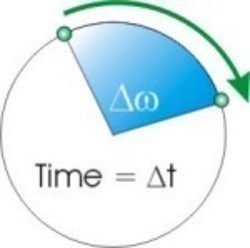The Venturi effect is the phenomenon that occurs when a fluid that is flowing through a pipe is forced through a narrow section, resulting in a pressure decrease and a velocity increase. The effect is mathematically described through the Bernoulli equation and can be observed in both nature and industry. Many industry applications rely on this effect as they need to be able to predict a fluid’s reaction when flowing through constricted piping.
How does the Venturi Effect Work?
The Venturi effect is similar to a jet effect, which is similar to the feeling one gets when the thumb is placed at the end of a garden hose with the water turned on. The water’s velocity increases when the thumb is placed over the water. The pressure increases over the smaller surface area, however, the narrow flow then creates a vacuum in the water. The fluid’s kinetic energy increase results in a pressure decrease, which the physics laws governing fluid dynamics explain. When the fluid reaches a choked flow point, the mass flow decreases, resulting in a decrease in downstream pressure. Bernoulli’s equation can be used to calculate the theoretical pressure drop in a system that experiences the Venturi effect. The equation is as follows: P/2(V(ending)^2 – V(initial)^2, where P = fluid density. The formula assumes that the fluid being measured cannot be compressed and maintains a consistent density.
Who Discovered the Venturi Effect?
The Venturi effect was named after Italian physicist, Giovanni Battista Venturi, who lived from 1746-1822. Venturi was ordained as a priest in 1769 and was a student of Lazzaro Spallanzani. He is not only given credit for the effect’s discovery, but is also credited with the inventions of the Venturi pump and tube. He later compiled and published many of Gailileo’s manuscripts and letters after being brought to Leonardo Da Vinci’s attention.
Venturi Effect Uses
Many aquariums use power heads that include adjustable Venturi devices that consist of a tube that connects a water outlet with an adjustable air valve. The Venturi effect causes air to be pulled in through a short hose and mixed with the water that the aquarium’s pump uses in order to aerate the water. Carburetors, Venturi meters, water aspirators, cargo eductors, water evacuation from ship bilges, atomizers, foam firefighting nozzles, and protein skimmers are some of the Venturi effect’s commercial applications in society today.
Simple Ways to Demonstrate the Venturi Effect
The easiest way to demonstrate the Venturi effect is by squeezing and releasing a flexible hose while fluid is flowing through it. A partial vacuum will be created in the hose to keep it collapsed. Another way is by placing fluid in a u-shaped tube and connecting each end of a Venturi tube. As the fluid flows through the tube, the pressure in each of the two ends will vary, forcing the fluid to collect at the tube’s low pressure side.




Follow Us!